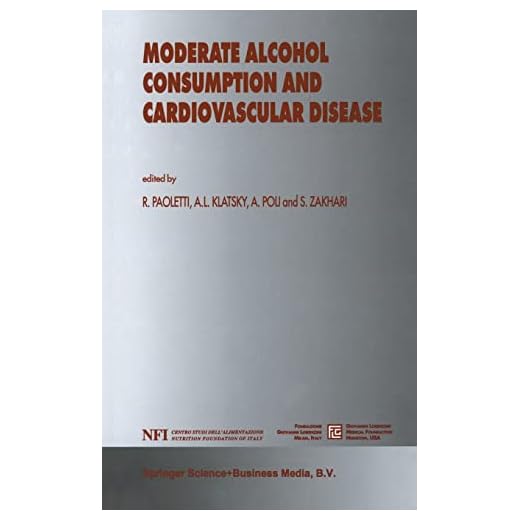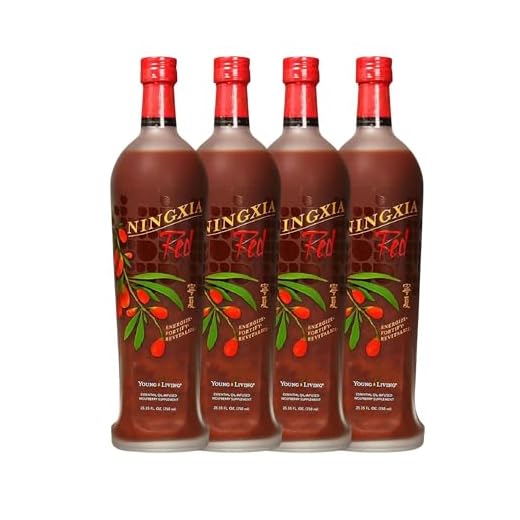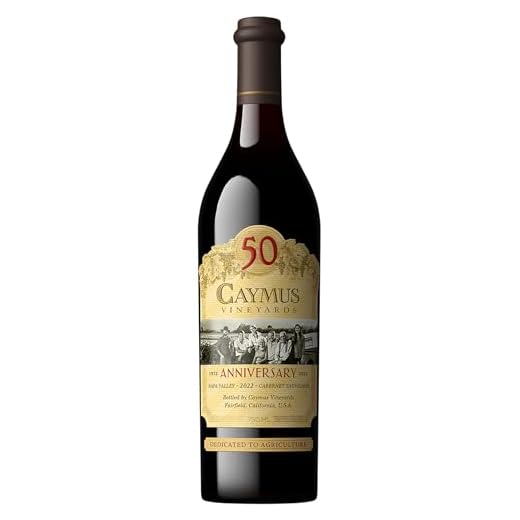



Consuming a moderate amount of this deep-hued beverage can indeed offer some relief during those challenging days. The presence of certain antioxidants may help alleviate cramps and reduce inflammation, providing a sense of comfort. However, moderation is key; too much can lead to dehydration, which could exacerbate symptoms.
Iron levels often dip during this time, and the tannins found in certain varieties may aid in iron absorption. Additionally, the relaxing effects of alcohol can help ease tension and stress, creating a more pleasant experience. Pairing this drink with dark chocolate or nuts can further enhance the benefits, offering a delightful treat.
It’s important to listen to your body. While some may find solace in a glass, others might experience increased discomfort. Always stay hydrated and consider the balance of your overall diet. Prioritizing nutrients can make a significant difference in how you feel, turning those days into a more manageable experience.
Is Red Wine Beneficial During Menstrual Cycle?
Moderate consumption of certain fermented grape beverages can offer relief during the menstrual phase. The presence of antioxidants, such as flavonoids and resveratrol, helps alleviate discomfort and may improve mood. These compounds can potentially ease symptoms like cramping and fatigue.
Additionally, the natural compounds found in these drinks may support blood circulation, which can be advantageous during this time. However, it’s essential to balance intake with hydration, as alcohol can lead to dehydration, exacerbating symptoms.
Pairing these beverages with nutritious snacks rich in iron and magnesium, such as nuts or dark chocolate, can enhance the experience, providing both enjoyment and nutritional benefits. Always remember to listen to your body and adjust consumption based on personal comfort levels.
Impact of Red Wine on Menstrual Cramps
Incorporating a certain type of fermented grape beverage in moderation may provide relief from menstrual discomfort. The presence of polyphenols, particularly flavonoids, offers anti-inflammatory benefits that can alleviate cramps and muscle tension. Additionally, this drink contains compounds that may enhance circulation, potentially reducing pain perception during menstruation.
Potential Benefits
Some studies suggest that the antioxidants found in this beverage can contribute to a reduction in oxidative stress, which may play a role in menstrual pain. A glass may also promote relaxation and help mitigate anxiety related to hormonal fluctuations, further enhancing comfort during this time. Observing individual responses is crucial; while many find relief, others might experience increased discomfort due to alcohol’s dehydrating effects.
Moderation and Personal Preference
Consumption should remain moderate, as excessive intake can lead to adverse effects, such as bloating or exacerbation of symptoms. It’s advisable to pay attention to personal tolerance levels and consider alternatives if discomfort arises. Balancing enjoyment with awareness of how it affects the body is key to a more pleasant experience during this phase.
Effects of Alcohol on Hormonal Balance During Menstruation
Consuming alcohol can significantly influence hormonal levels in the body, particularly during the menstrual cycle. Estrogen and progesterone levels fluctuate, and alcohol may exacerbate these variations. Regular intake, especially in larger quantities, might lead to hormonal imbalances, impacting mood and physical well-being.
Research indicates that ethanol affects the endocrine system, potentially increasing estrogen production. This surge can heighten symptoms such as bloating and irritability. Additionally, alcohol can interfere with the liver’s ability to metabolize hormones, leading to prolonged hormonal effects that may not align with the natural cycle.
Moderation is key. Limiting consumption can help maintain a more stable hormonal environment. Hydration and balanced nutrition are vital during this time. If you choose to indulge, consider pairing it with nutritious foods to mitigate some negative impacts. Ultimately, being mindful of intake can promote a healthier hormonal balance and reduce discomfort.
Emotional Well-being During Menstrual Cycle
Moderation in consumption can enhance mood and provide a sense of relaxation. The presence of antioxidants may contribute to reducing anxiety and promoting a feeling of calm.
Consider the following benefits:
- Potential uplift in mood due to the presence of certain compounds.
- Relaxation effects that may alleviate stress during this time.
- Social enjoyment when shared with friends, fostering connection and support.
Be mindful of consumption levels, as excessive intake can lead to negative emotions and physical discomfort. Balance is key.
Opt for a glass on occasion, allowing yourself to enjoy without overindulgence. This approach can enhance overall emotional stability and comfort.
Potential Benefits of Antioxidants in Red Wine for PMS
Incorporating beverages rich in antioxidants may help alleviate some premenstrual symptoms. Antioxidants, such as polyphenols found in certain fermented grape products, possess anti-inflammatory properties that can reduce discomfort. These compounds may aid in mitigating oxidative stress, which is often heightened during the menstrual cycle.
Inflammation Reduction
Studies suggest that antioxidants can play a role in reducing inflammation. This may be particularly beneficial for those experiencing cramps and abdominal discomfort. By lowering inflammation markers, individuals might find relief from the physical symptoms associated with their cycle.
Improved Mood Regulation
The presence of antioxidants can also contribute to mood stability. Some research indicates that these compounds may influence serotonin levels, promoting a more balanced emotional state. This could be especially valuable during the premenstrual phase, potentially easing irritability and mood swings.
Recommended Quantity of Red Wine While Menstruating
The ideal amount to consume during this time is about one to two glasses per day. This moderate intake can help manage discomfort without leading to adverse effects.
Guidelines for Consumption
| Type of Drink | Recommended Amount |
|---|---|
| Standard Glass (5 oz) | 1-2 glasses/day |
| High-Alcohol (15%+) | 1 glass/day |
| Low-Alcohol (12% or less) | 2 glasses/day |
It’s crucial to listen to one’s body. If symptoms worsen or discomfort increases, it may be wise to reduce the intake or abstain altogether. Additionally, pairing with food can enhance the experience and may mitigate any negative effects. Remember to stay hydrated and balanced in your choices during this time.
For those looking to refresh themselves in other areas, consider exploring the best chemical to use with pressure washer to remove mold for a clean environment.
Interactions Between Red Wine and Common Menstrual Medications
Combining alcoholic beverages with menstrual medications requires caution. Certain pharmaceuticals may interact with alcohol, altering their effectiveness or increasing side effects.
- Nonsteroidal Anti-Inflammatory Drugs (NSAIDs): Medications like ibuprofen may cause gastrointestinal irritation. Alcohol can exacerbate this, increasing the risk of stomach upset or bleeding.
- Hormonal Treatments: If utilizing hormonal therapies for symptom management, alcohol may influence hormone levels, potentially diminishing the benefits of the treatment.
- Antidepressants: Some individuals may experience mood fluctuations during this phase. Alcohol can intensify the sedative effects of certain antidepressants, leading to increased drowsiness or impaired concentration.
- Analgesics: Pain relief medications combined with alcohol may heighten the risk of liver damage, especially with acetaminophen-based products.
Monitoring how substances interact is critical. Consulting a healthcare provider ensures safety and optimal management of symptoms. Always consider individual health conditions and medications prior to consumption.
Alternatives to Red Wine for Period Relief
Herbal teas, such as chamomile or ginger, can provide soothing effects and help alleviate discomfort. Chamomile has anti-inflammatory properties, while ginger may reduce nausea and cramps. A warm cup can be very comforting during this time.
Dark chocolate is a delicious choice that not only satisfies cravings but also contains magnesium, which can help ease tension and improve mood. Opt for varieties with a high cocoa content for maximum benefits.
Incorporating foods rich in omega-3 fatty acids, like salmon or walnuts, can also support overall well-being. These fats possess anti-inflammatory qualities that may contribute to reduced discomfort.
Stay hydrated with plenty of water, as dehydration can exacerbate symptoms. Infusing water with lemon or cucumber can add a refreshing twist while providing additional vitamins.
Consider incorporating foods high in calcium, such as yogurt or leafy greens. Calcium is known to support muscle function and may help relieve cramping.
Lastly, a gentle exercise routine, like yoga or stretching, can be beneficial. Physical activity releases endorphins, which act as natural pain relievers and mood enhancers.









